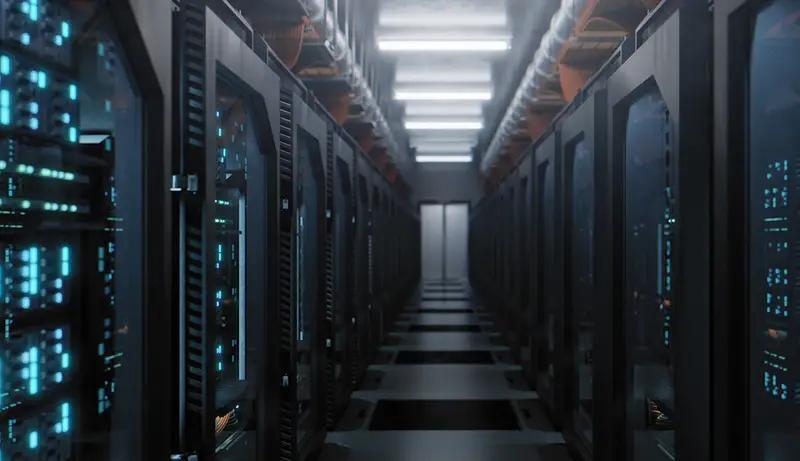Running on Bytes and Watts: The Resource-Hungry Reality of AI Farms
The rise of generative AI has led to explosive demand for data center infrastructure. These AI "farms," designed to support massive models like ChatGPT and Bard, are power-hungry, water-dependent, and increasingly difficult to scale sustainably. This blog explores the real cost of AI infrastructure—how it affects energy grids, water supplies, and global hardware demand—and how industry leaders are working to curb the environmental toll.
The Power Strain: Energy-Hungry AI Models
Training a modern AI model consumes far more electricity than traditional cloud workloads. According to an article by MIT Technology Review, a high-performance AI training cluster can consume seven to eight times more energy than typical data center operations. That translates to massive electricity demand, especially when scaled across the globe.
Data centers worldwide used about 460 terawatt-hours of electricity in 2022—roughly the consumption of France. Projections suggest this could more than double by 2026. In the U.S., some analysts believe AI data centers could account for 10–12% of national electricity usage by 2030.
Water Use: AI’s Hidden Thirst
AI doesn’t just consume power—it consumes water. Cooling massive servers often requires evaporative systems, which draw heavily on local water supplies. A report by the Associated Press revealed that Microsoft’s Iowa data centers pulled millions of gallons from local rivers to cool their infrastructure during GPT-4’s training.
Researchers at UC Riverside estimated that every 5 to 50 prompts sent to ChatGPT can indirectly consume about half a liter of water, taking into account both cooling systems and energy production.
Environmental Impact: Emissions from Scale
As AI infrastructure scales, so does its carbon footprint. According to Google's 2023 environmental report, the company saw a 13% year-over-year increase in operational emissions due in large part to AI data center expansion. Emissions rose 48% since 2019.
While companies like Google and Microsoft are investing in renewable energy and aiming for 24/7 carbon-free operations by 2030, the current growth in AI demand is outpacing the availability of clean energy in many regions.
Supply Chain Pressure: Chip Shortages and E-Waste
AI infrastructure also puts immense strain on the semiconductor supply chain. NVIDIA's high-end GPUs, which power most AI workloads, are in global demand. Prices for the H100 chip can reach $40,000 per unit.
The situation is so pressing that the U.S. government launched multi-billion-dollar efforts, like the CHIPS Act, to build more domestic chip foundries. While these initiatives are vital, they take years to bear fruit.
Industry Solutions: Green Data Centers and Smart Cooling
To reduce water consumption, tech leaders are investing in innovative cooling systems. For example, NVIDIA's liquid-cooled GPUs offer up to 300x greater water efficiency than traditional systems.
At the same time, Google and Meta are retrofitting data centers to use reclaimed water or air-based cooling where possible. Companies are also committing to becoming water-positive—meaning they will replenish more water than they consume—by the end of the decade.
Forward Planning: Infrastructure and Grid Integration
The U.S. Department of Energy is actively planning large-scale, sustainable AI infrastructure. A federal energy report proposed co-locating new data centers near clean energy sources to reduce stress on national grids and emissions.
Beyond government policy, AI model design is also evolving. Researchers are working on smaller, more efficient architectures that require fewer resources to train—helping bend the trajectory of AI's resource appetite.
Conclusion
AI farms are reshaping how companies think about energy, water, and silicon. While the impact is significant, so is the opportunity to innovate. With advancements in renewable integration, chip efficiency, and green architecture, the next generation of AI infrastructure could be more sustainable than the last.
At Daduh AI, we help businesses understand and navigate the evolving AI landscape—ethically, efficiently, and responsibly. If you're exploring AI adoption and want to future-proof your infrastructure, let's talk.
Ready to Build Your MVP?
Start your journey with a free consultation to map out your MVP roadmap and technical strategy.

